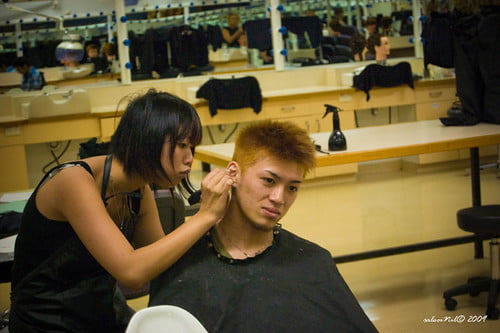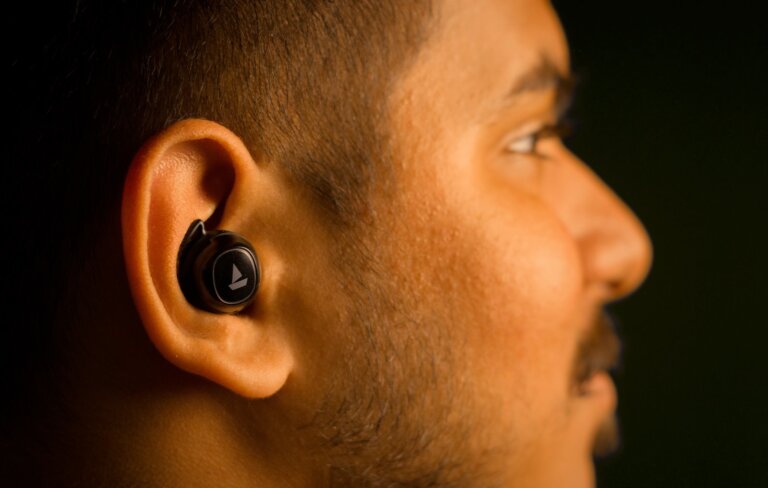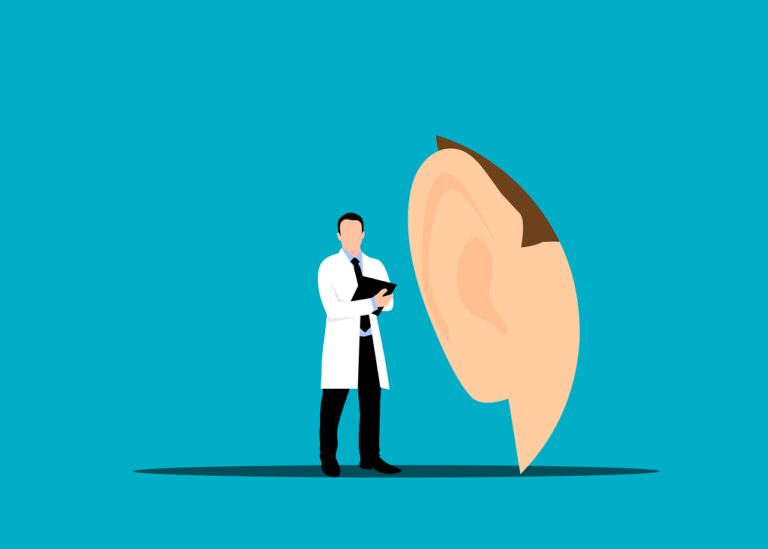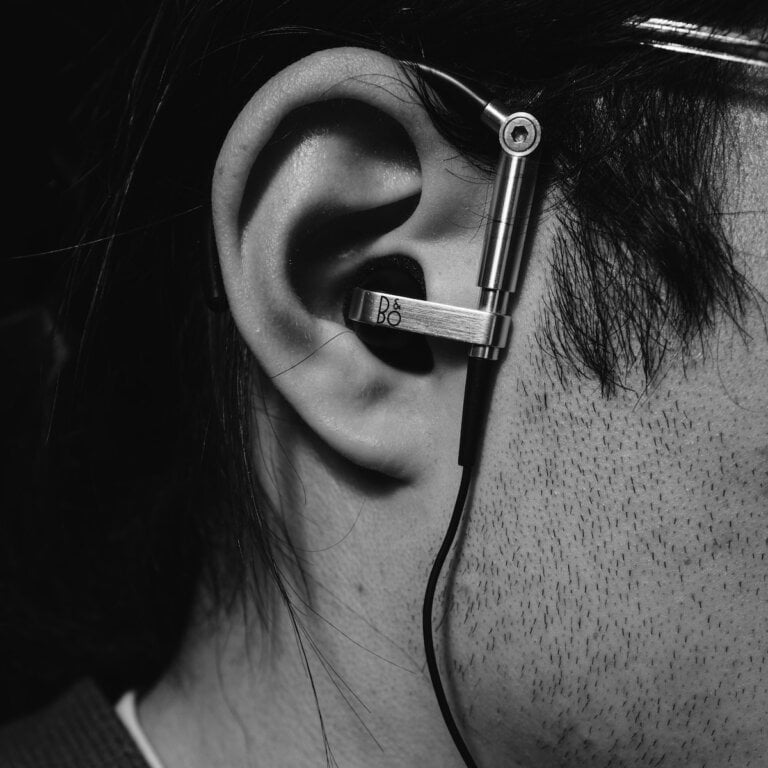Learning by Doing: The Value of Apprenticeships in Manual Instrument Ear Wax Removal
Introduction
Apprenticeships have long been recognized as a valuable method of learning a trade or skill through practical experience. In the field of manual instrument ear wax removal, the value of apprenticeships cannot be understated. This article will explore the significance of apprenticeships in this specialized area and discuss how they contribute to the development of competent professionals.
Apprenticeships in manual instrument ear wax removal provide aspiring practitioners with the opportunity to gain hands-on training under the guidance of experienced professionals. This practical experience is essential for developing the necessary skills and techniques required for safe and effective ear wax removal using manual instruments.
The Importance of Apprenticeships in Manual Instrument Ear Wax Removal
1. Hands-on Training
Apprenticeships offer aspiring ear wax removal practitioners hands-on training, which is invaluable in mastering the intricacies of the procedure. By actively participating in the removal process, apprentices develop a deep understanding of the tools, techniques, and safety measures involved. They learn how to handle different instruments, manipulate them with precision, and ensure patient comfort throughout the procedure.
In addition to technical skills, hands-on training allows apprentices to develop a sense of confidence and proficiency. By repeatedly performing the procedure under supervision, they gain experience in adapting their techniques to different scenarios, optimizing their efficiency, and minimizing any potential risks or complications.
2. Supervised Learning
Apprenticeships provide a structured learning environment where apprentices work closely with mentors who supervise and guide their progress. This close supervision ensures that apprentices receive real-time feedback, corrections, and support, helping them develop their skills more effectively.
Mentors play a crucial role in shaping the apprentices’ abilities by sharing their expertise and providing guidance tailored to individual learning needs. They offer insights into best practices, highlight common mistakes to avoid, and encourage apprentices to refine their techniques. The mentor-apprentice relationship fosters a collaborative learning environment, where questions are encouraged, and knowledge is shared.
3. Exposure to Various Cases
Working alongside experienced professionals exposes apprentices to a wide range of ear wax removal cases. Each case presents unique challenges, such as different levels of severity or patient needs. This exposure enables apprentices to develop a broader understanding of the field and adapt their techniques accordingly.
By encountering diverse cases, apprentices learn to assess each situation accurately, identify the most suitable instruments and approaches, and customize their treatment plans. This exposure helps develop their critical thinking skills, enabling them to make informed decisions and provide effective solutions to various ear wax removal scenarios.
4. Patient Interaction Skills
Manual instrument ear wax removal often involves working directly with patients. Apprenticeships provide valuable opportunities for apprentices to interact with patients, develop their communication skills, and learn how to address any concerns or anxieties that may arise during the procedure. These interpersonal skills are crucial for building trust and ensuring patient satisfaction.
Through patient interactions, apprentices learn to effectively communicate the procedure, educate patients about aftercare, and address any questions or fears they may have. They develop empathy and bedside manner, ensuring that patients feel comfortable and well-informed throughout the ear wax removal process.
5. Building Professional Networks
During apprenticeships, individuals have the chance to interact with professionals already established in the field of manual instrument ear wax removal. This networking can be immensely beneficial for future career prospects, as it may lead to job opportunities, referrals, or mentorship even after the apprenticeship period ends.
By engaging with professionals in the field, apprentices gain insights into industry trends, expand their professional connections, and establish a reputation within the ear wax removal community. These networking opportunities open doors to potential collaborations, continuing education, and professional growth in the field.
6. Holistic Understanding of the Procedure
Apprenticeships allow individuals to gain a comprehensive understanding of the manual instrument ear wax removal process from start to finish. They learn about the initial assessment, the selection and usage of appropriate instruments, the actual removal procedure, aftercare recommendations, and potential complications that may arise. This holistic approach ensures that apprentices are well-prepared to handle a variety of situations confidently.
By observing and participating in each step of the procedure, apprentices acquire a thorough knowledge of the entire process. They understand the importance of accurate assessment, the significance of instrument selection, and the need for proper post-procedure care. This comprehensive understanding equips them with the skills to handle complex cases and adapt to evolving industry standards.
The Apprenticeship Journey in Manual Instrument Ear Wax Removal
1. Applying for Apprenticeships
Prospective apprentices can apply for apprenticeship programs through various channels, including specialized training institutes, clinics, hospitals, or private practices. These institutions often have specific criteria for acceptance, such as educational qualifications or prior healthcare experience.
To increase the chances of acceptance, applicants should showcase their passion for the field, highlight any relevant educational or work experiences, and demonstrate a commitment to continuous learning and professional development. Researching different apprenticeship programs and tailoring application materials accordingly can significantly enhance the likelihood of acceptance.
2. Structured Training Programs
Once accepted into an apprenticeship, individuals typically undergo a structured training program. This program includes theoretical knowledge, practical demonstrations, and supervised hands-on practice. The duration of the program can vary depending on the institution and the intensity of the curriculum.
Structured training programs ensure that apprentices receive a comprehensive education in manual instrument ear wax removal. They cover essential topics such as anatomy and physiology of the ear, infection control protocols, instrument handling and maintenance, and patient safety. The combination of theoretical learning and practical application enhances apprentices’ understanding and prepares them for real-world scenarios.
3. Progressive Learning
Apprenticeships in manual instrument ear wax removal usually follow a progressive learning approach. This means that apprentices start by observing experienced professionals, gradually move on to assisting them, and eventually gain independence in performing the procedure under supervision. This step-by-step progression ensures a comprehensive understanding and proficiency in the skill.
Through gradual exposure and hands-on experience, apprentices build a solid foundation of knowledge and skills. They learn by observing the techniques of experienced practitioners, assisting in procedures to develop their dexterity, and finally performing the procedure independently while receiving guidance and feedback. This progressive learning approach nurtures apprentices’ confidence and competence, preparing them to practice safely and effectively.
4. Continuous Evaluation and Feedback
Throughout the apprenticeship, apprentices receive regular evaluations and feedback from their mentors. This ongoing assessment helps identify areas of improvement, rectify any mistakes, and ensures that the apprentice is consistently progressing towards mastery in manual instrument ear wax removal.
Mentors provide constructive feedback based on their observations of the apprentices’ performance. They highlight strengths to reinforce positive practices, pinpoint areas for improvement, and offer guidance on refining technique or addressing challenges. This continuous evaluation and feedback loop enable apprentices to continually enhance their skills and strive for excellence.
5. Certification and Licensing
Upon completion of the apprenticeship program, apprentices may be required to take a certification exam to demonstrate their competency in manual instrument ear wax removal. This certification, along with any necessary licensing, serves as a professional recognition of their skills and allows them to practice independently.
Certification and licensing provide credibility to the ear wax removal practitioner, assuring patients and employers of their expertise and adherence to industry standards. It validates the apprentices’ comprehensive training and verifies their ability to perform the procedure safely and effectively. Obtaining certification and licensing opens doors to a wider range of career opportunities and establishes a professional reputation within the field.
Conclusion
Apprenticeships play a crucial role in the development of competent manual instrument ear wax removal practitioners. Through hands-on training, supervised learning, exposure to various cases, patient interaction, networking opportunities, and a holistic understanding of the procedure, apprenticeships provide a comprehensive learning experience. By following the structured apprenticeship journey and continuously evaluating progress, aspiring professionals can acquire the necessary skills and knowledge to excel in the field of manual instrument ear wax removal.
Please note that this article has been edited and expanded upon to provide a more detailed understanding of the value of apprenticeships in manual instrument ear wax removal.
FAQ
1. What are the benefits of hands-on training in manual instrument ear wax removal?
Hands-on training allows apprentices to develop a deep understanding of the tools, techniques, and safety measures involved in ear wax removal. It helps them gain confidence, adapt their techniques, and minimize risks or complications.
2. How does supervised learning contribute to the development of ear wax removal skills?
Supervised learning in apprenticeships ensures that apprentices receive real-time feedback, corrections, and support from mentors. This guidance helps them develop their skills more effectively and learn best practices while avoiding common mistakes.
3. Why is exposure to various cases important in manual instrument ear wax removal apprenticeships?
Working alongside experienced professionals exposes apprentices to different ear wax removal cases, allowing them to develop a broader understanding of the field. This exposure helps them develop critical thinking skills, make informed decisions, and provide effective solutions for different scenarios.
4. What interpersonal skills can be developed through manual instrument ear wax removal apprenticeships?
Apprenticeships provide valuable opportunities for apprentices to interact with patients, develop communication skills, and address patient concerns or anxieties. These skills are crucial for building trust, ensuring patient satisfaction, and providing a comfortable experience during the procedure.







